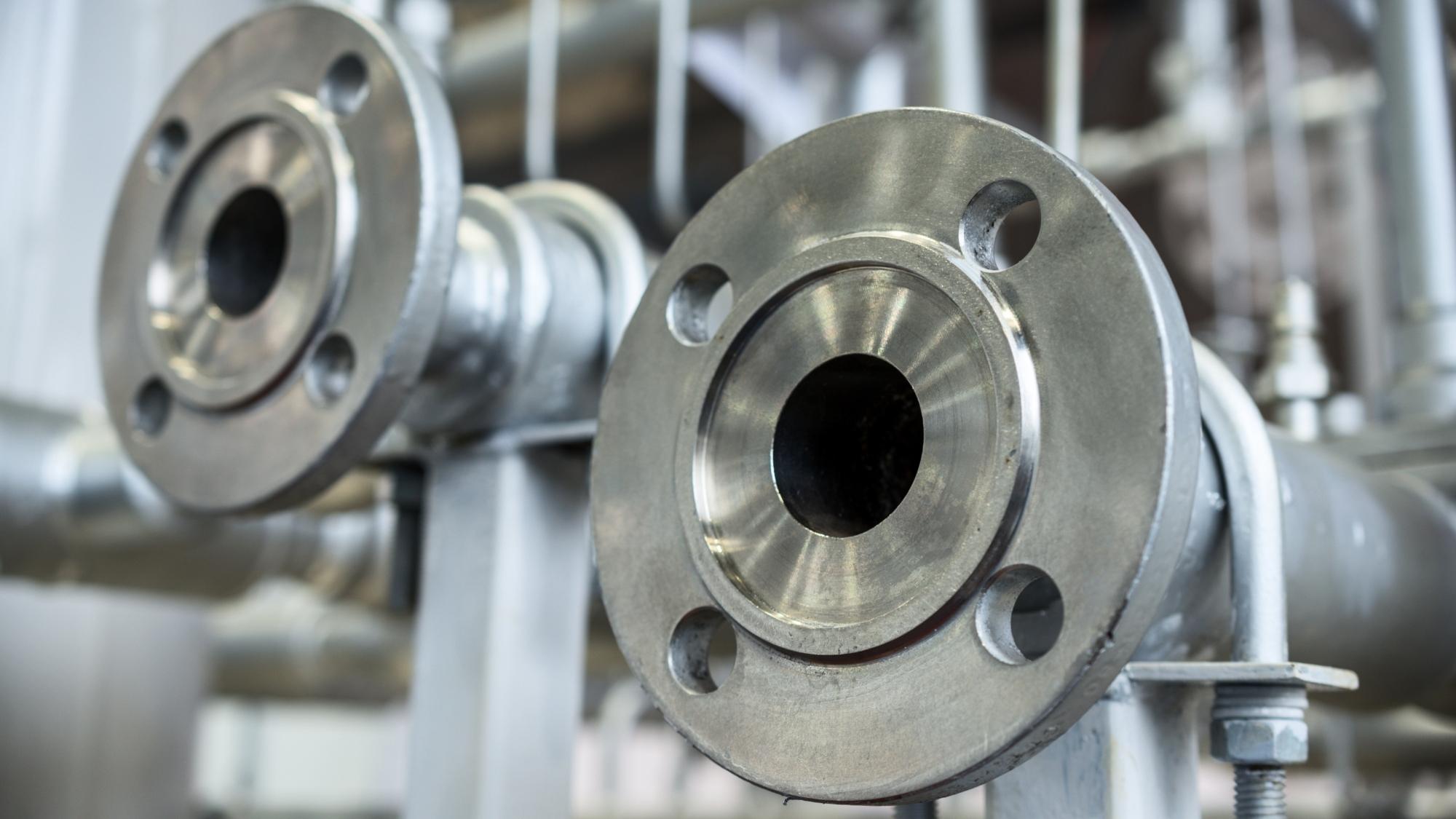Optimize Gasket Performance with the Right Flange Finish

Choosing the right flange finish is critical to ensuring the best possible performance from your gasket. A fundamental aspect of effective sealing is the level of friction between the flange and gasket surfaces. In fact, flange finish can have a dramatic impact on multiple key performance factors, including bolted joint tightness, blow-out resistance, and gasket creep relaxation.
Flange finish options range from smooth to serrated and everything in between. As you consider different options, keep in mind that there is no such thing as a single optimal surface finish that works for all types of gaskets. Different finishes are better suited to different gasket types.

How is Surface Finish Calculated?
Before selecting a surface finish, it is important to understand the two different ways of calculating surface roughness:
- Arithmetic Average Roughness Height (AARH)
- Root Mean Square (RMS)
AARH is also referred to as Roughness Average (Ra). It is the most common way to measure surface roughness: by calculating the average of surface heights across a surface.
RMS, by contrast, is calculated as the Root Mean Square of the microscopic peaks and valleys of a surface. The RMS is more sensitive to large peaks and valleys — even a single large peak or flaw can raise the RMS value more than the AARH value. Although RMS is currently less commonly used than AARH, it may appear in older drawings. Be aware that there is no reliable formula to convert RMS and AARH values, since they follow different calculation methods.
The Right Surface Finish for Metallic Gaskets
Most metal gaskets offer creep resistance and structural stability, which means they can create a very tight and reliable seal. To achieve this optimal result, you must make sure to keep alignment, parallelism, and flange finish within specified limits. Metallic gaskets, including solid metal and jacketed designs, offer little forgiveness regarding bolting and assembly deficiencies or flange finish.
As a rule, metallic gaskets and those with less conformable surfaces require a very smooth surface finish. A typical surface finish recommendation for these types of gaskets is 64 AARH/RMS or smoother (1.6 Ra or smoother).
Recommended Finish for Non-Metallic Gaskets
Compared to metallic gaskets, soft or non-metallic gaskets are more compressible. The surface finish of a non-metallic gasket plays a critical role in its service life and long-term reliability. To learn the process for selecting the right gasket type and finish, read our blog post How to Choose the Right Gasket for Your Application.
For non-metallic gaskets, a smooth finish will not create the necessary friction between mating surfaces. This leads to creep under load, loss in bolted joint tightness, and potential leakage. A general surface finish recommendation for soft gaskets varies from 125-500 AARH/RMS (3.2-13 Ra).
Optimal Finish for Semi-Metallic and Spiral-Wound Gaskets
Like non-metallic gaskets, semi-metallic gaskets tend to perform better with a higher degree of surface roughness. An extremely smooth surface finish, such as an AARH/RMS of 8-16, will not allow the sealing material to seal correctly. For spiral wound, Kammprofile, CorruKamm, and similar gasket styles, the recommended surface finish is 125-250 AARH/RMS (3.2-6.4 Ra).



